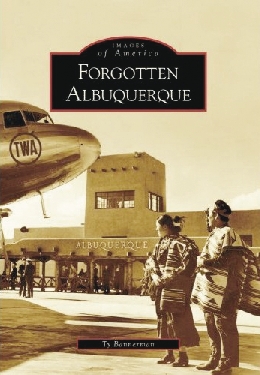Feature

Latest Article|September 3, 2020|Free
::Making Grown Men Cry Since 1992
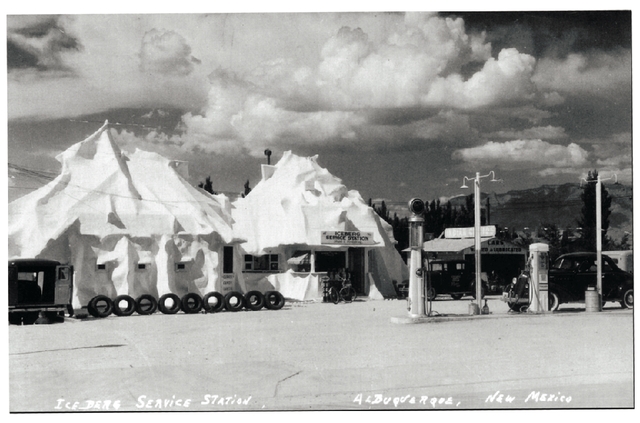

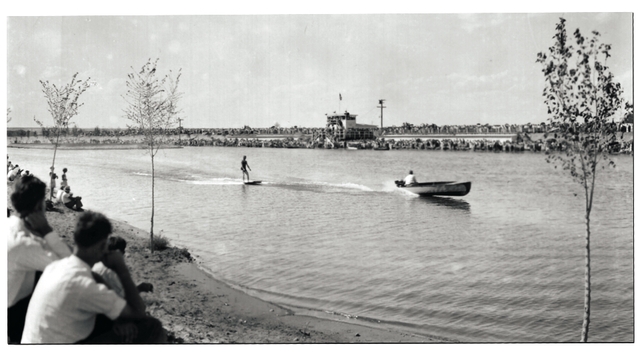
Tingley Beach circa 1940.
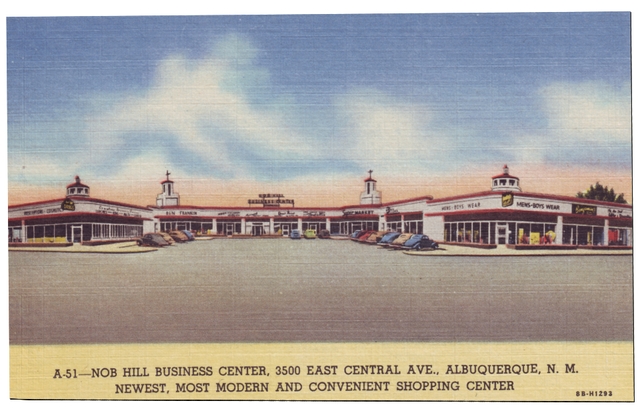
Nob Hill Business Center at Central and Carlisle, the future location of haircuts, novelty gifts, fine dining and hippies peddling vegan confections. According to Bannerman, this was among the first Albuquerque buildings to incorporate a parking lot into the design.
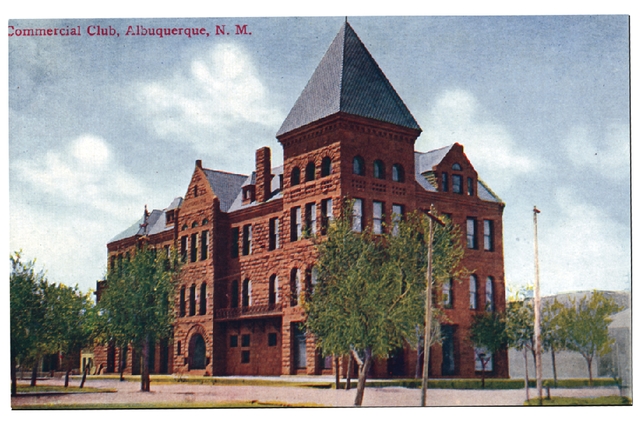
Commercial Club at Gold and Fourth Street was built in 1892 and demolished in 1954. This is now the location of the Simms Building.
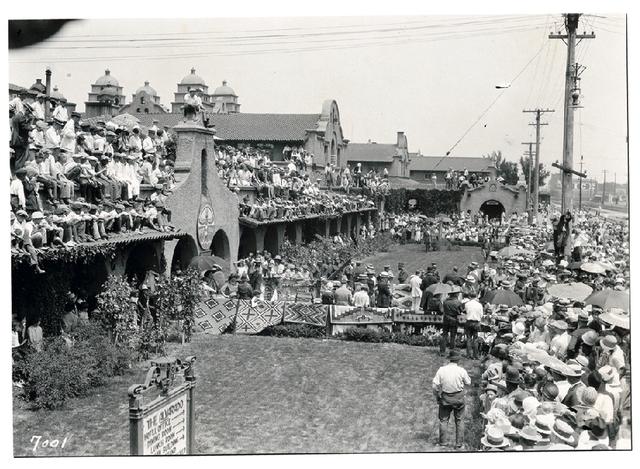
Alvarado Hotel circa 1925. According to Bannerman, the crowd is gathered to see Jackie Coogan, child co-star to Charlie Chaplin in The Kid.
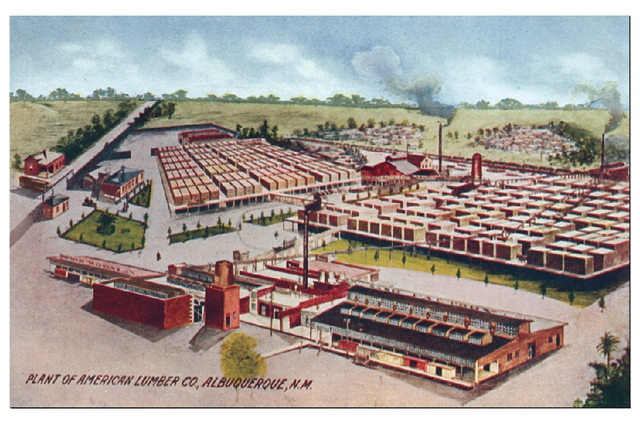
American Lumber was a huge Albuquerque employer in the early 1900s. Located south of I-40 around 14th Street, this is how the Sawmill Neighborhood got its name.
